
Newsletter Subscribe
Enter your email address below and subscribe to our newsletter


Enter your email address below and subscribe to our newsletter
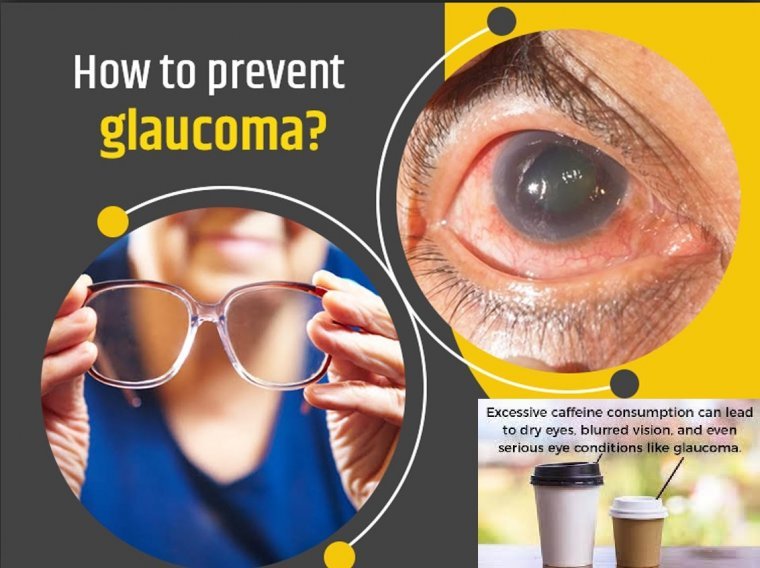
Consuming large amounts of daily caffeine may increase the risk of glaucoma more than three-fold for those with a genetic predisposition to higher eye pressure according to an international, multi-center study. Consuming anything in excess may not always be the…

The eyes of whale sharks, the largest fish in the world, possess a unique ability to see in complete darkness in the deep sea. This is due to a genetic mutation in their retinas, which interestingly causes night blindness in…
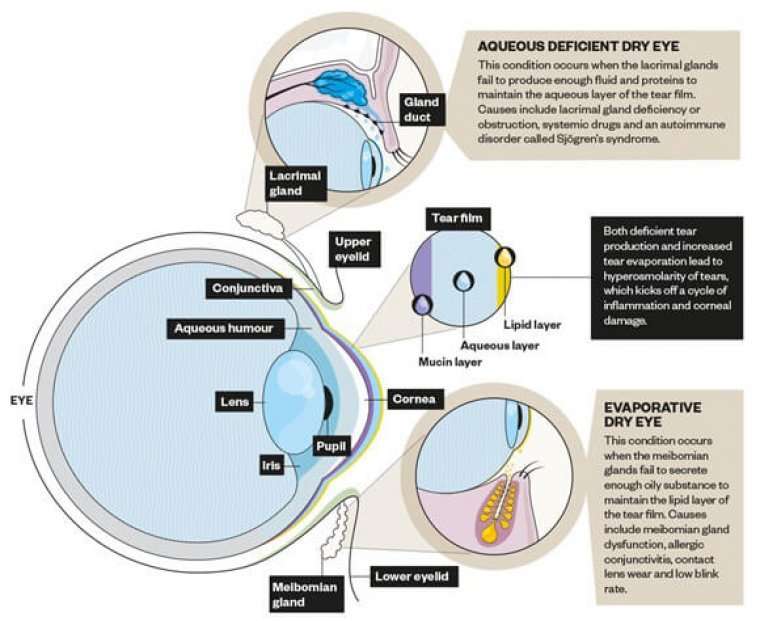
Dry eye disease occurs when your tears are unable to provide adequate lubrication, either because there’s insufficient tear production (known as an aqueous deficiency) or poor quality tears (meibomian gland dysfunction or MGD) Gland dysfunction refers to a condition where…
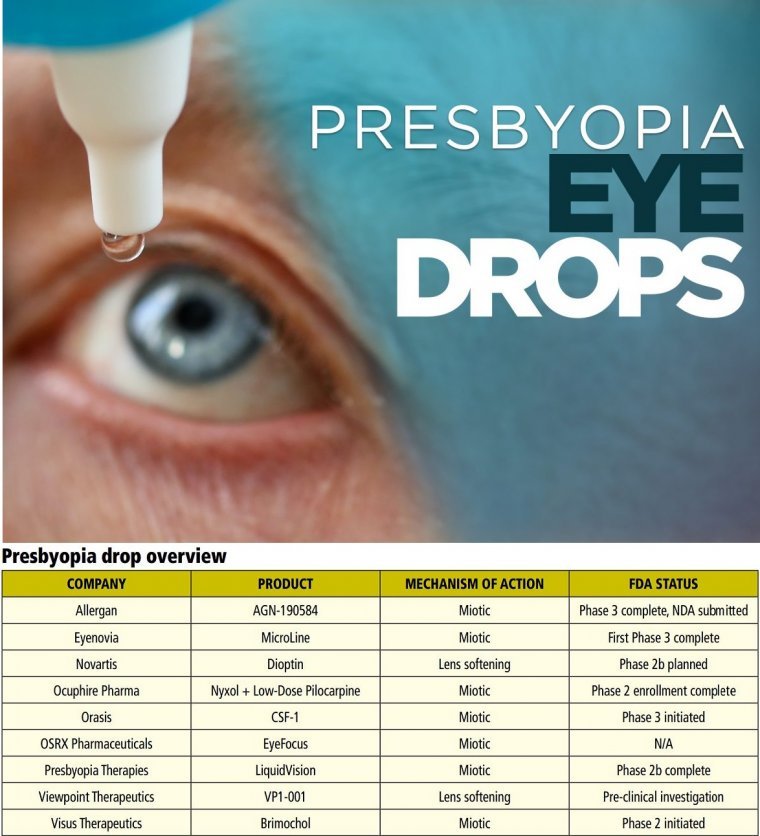
The eye drops don’t treat the cause of presbyopia but help treat its symptoms. Instead of targeting the eyes’ lens, the drops make the eyes’ pupils smaller, creating a pinhole effect that increases the depth of focus. The eye drops…
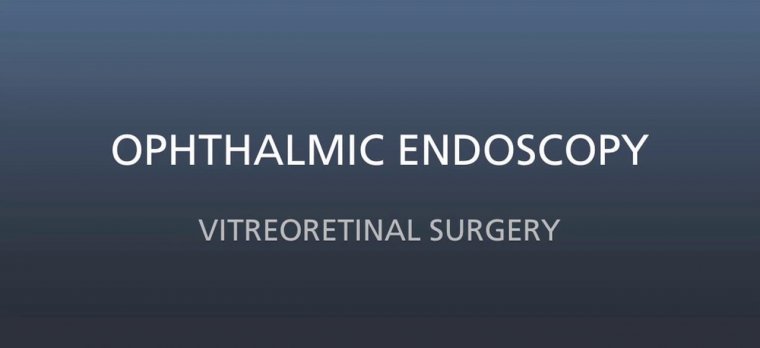
Current technology for ophthalmic endoscopy delivers undoubted advantages in certain surgical situations. It provides excellent visualization in eyes with compromised view through the cornea, anterior segment, or lens. It facilitates excellent peripheral PRP in the patients with peripheral ischemic retinopathies.…
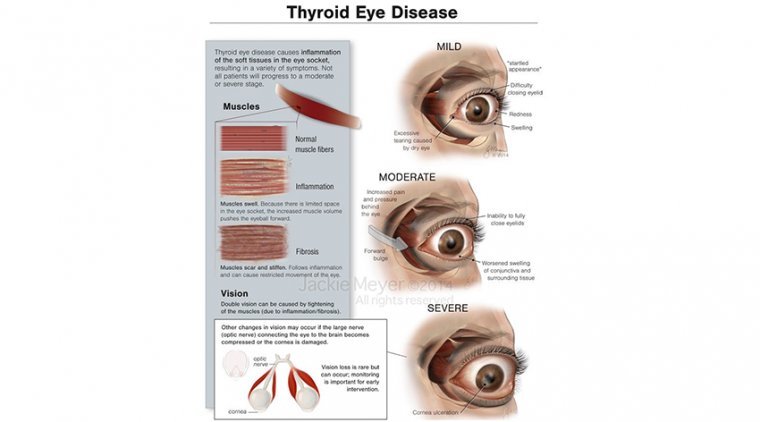
Thyroid eye disease (TED) is an autoimmune condition with a spectrum of signs and symptoms, usually associated with Graves’ hyperthyroidism. The diagnosis is based on history and physical examination but there are further investigations that can aid diagnosis if unclear.…
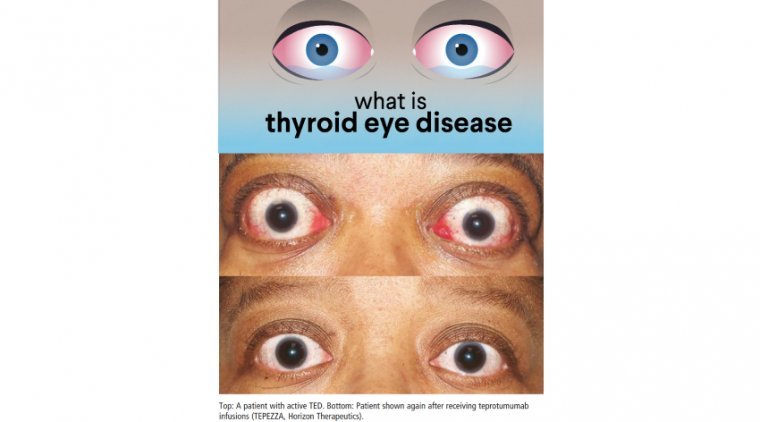
TED is an autoimmune disease in which the eye muscles and fatty tissue behind the eye become inflamed. This inflammation can push the eyes forward (“staring” or “bulging”) or cause the eyes and eyelids to become red and swollen. In some…

Achromatopsia, also known as total color blindness, is a medical syndrome that exhibits symptoms relating to at least five conditions. The term may refer to acquired conditions such as cerebral achromatopsia, but it typically refers to an autosomal recessive congenital…
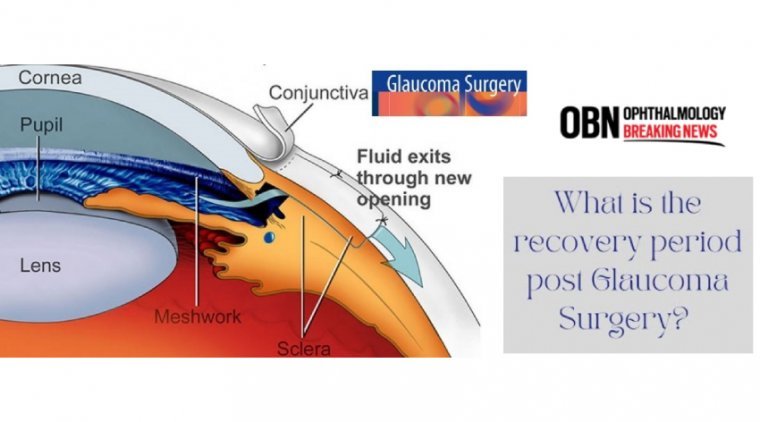
Glaucoma surgery is a procedure intended to reduce eye pressure in an effort to help stabilize vision and prevent future vision loss resulting from glaucoma. This is accomplished by creating a new opening for fluid to drain from the eye…
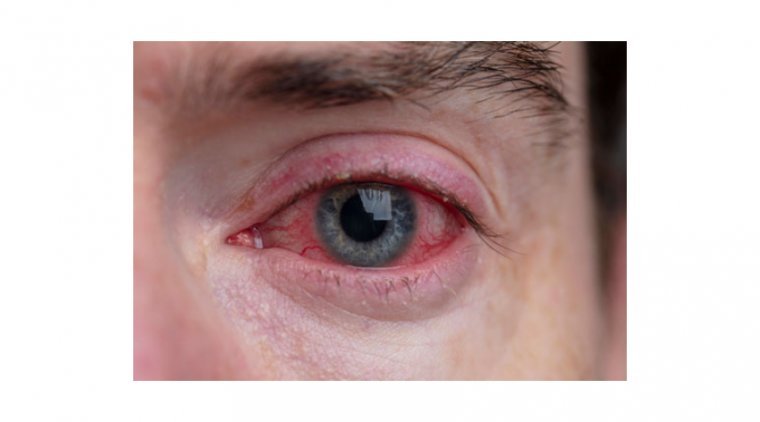
One of the most frequently asked questions is whether it is normal to have corneal swelling after cataract surgery. First of all, cataract surgery helps you to improve your vision and you would not want blurred vision after surgery. However,…